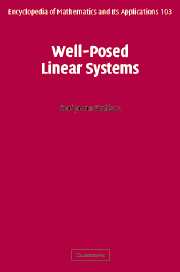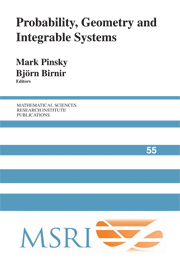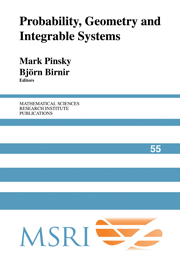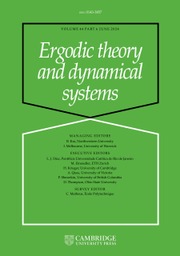Well-Posed Linear Systems
Many infinite-dimensional linear systems can be modelled in a Hilbert space setting. Others, such as those dealing with heat transfer or population dynamics, need to be set more generally in Banach spaces. This is the first book dealing with well-posed infinite-dimensional linear systems with an input, a state, and an output in a Hilbert or Banach space setting. It is also the first to describe the class of non-well-posed systems induced by system nodes. The author shows how standard finite-dimensional results from systems theory can be extended to these more general classes of systems, and complements them with new results which have no finite-dimensional counterpart. Much of the material presented is original, and many results have never appeared in book form before. A comprehensive bibliography rounds off this work which will be indispensable to all working in systems theory, operator theory, delay equations and partial differential equations.
- The first book on infinite-dimensional linear systems which are well-posed in a p-integrable setting
- This book contains several original results which have not been published before, and many of the remaining results appear here for the first time in a book
- A number of researchers already use and quote this book (15 citations in ISI Web OS Science in April 2004)
Reviews & endorsements
"The book is well and carefully written. The material is self-contained and all the proofs are provided within the text. ...presents a ... complete treatment of well-posed linear control systems."
Mathematical Reviews
Product details
May 2005Adobe eBook Reader
9780511081187
0 pages
0kg
This ISBN is for an eBook version which is distributed on our behalf by a third party.
Table of Contents
- 1. Introduction and overview
- 2. Basic properties of well-posed linear systems
- 3. Strongly continuous semigroups
- 4. The generations of a well-posed linear system
- 5. Compatible and regular systems
- 6. Anti-causal, dual and inverted systems
- 7. Feedback
- 8. Stabilization and detection
- 9. Realizations
- 10. Admissibility
- 11. Passive and conservative scattering systems
- 12. Discrete time systems
- 13. Appendix.









